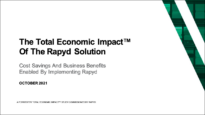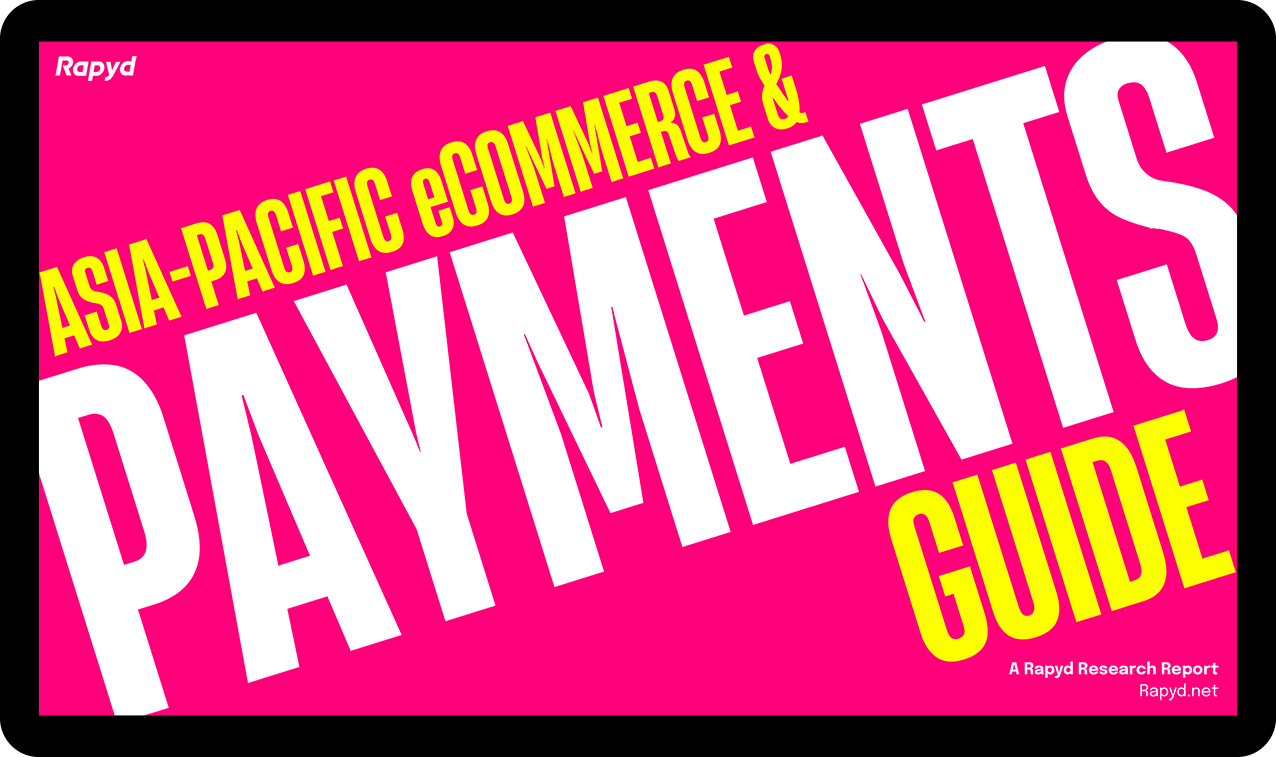From underdog to IPO, Southeast Asian super app Grab shows us how a hyper-local go-to-market strategy helped them beat Uber.
In 2011, Anthony Tang and Tan Hooi Ling took a $25K Harvard Business Plan award for their ride-hailing business idea called Grab. Today, Grab has dominated the Southeast Asian market, despite bigger names like Uber as their competition, and they are preparing for an upcoming IPO in 2021 with a private valuation of nearly $16 billion. On the precipice of Grab going public in the US, it’s worth looking at where the company started, how it got to where it is today, and how its hyper-local go-to-market strategy knocked Uber out of the Southeast Asian market and could be utilized as a successful expansion tool for businesses in virtually any sector.
Consider this – there were only two investors willing to invest in Grab’s first iteration, and one of them was Anthony Tang’s mother. The original ride-hailing business plan was created to help people in Malaysia travel more safely and affordably. Founders Tang and Ling hit the pavement, visiting bars, clubs and local social hangouts, as well as airports in an effort to recruit drivers. Soon, they’d built a formidable employee and customer base.
Then, Uber came to town. On the surface, this appeared as a potential death knell for Grab. Uber was known for dominating the competition, and the brand was widely recognized and trusted among consumers globally. Uber already had significant successes globally using a standardized approach, so it entered the Southeast Asian market with the same strategy.
However, instead of acclimating to their consumer climate, they maintained their global strategy as they had everywhere else, especially when it came to payment preferences. Grab, on the other hand, had made every effort to offer hyper-local, friendly and accommodating service from the beginning, right down to the transport they provided and localized payments accepted.
Now, in 2021, the Grab IPO is set to launch in the US with an overall valuation of close to $40 billion. How did the company reach this point?
- By capitalizing on convenience
- Hyper-localizing their offering in each market
- And becoming one of the world’s first super apps
What Is a Super App?
It is a technological marketplace that offers a variety of services housed under one umbrella, like an online hub. The same app that can hail you a taxi can also potentially bring you dinner, offer you health insurance, snag concert tickets, and offer loans, as just a few examples.
Back in 2013 when Uber entered the Southeast Asia market, its app solely existed as a ride-sharing tool – one which only accepted credit card payments. A factor that Uber did not account for is that many consumers (and drivers) in Southeast Asia preferred a cash option over credit card transactions. In fact, more than half of the people living in Southeast Asia are underserved by banks. The founders of Grab knew this, which is why cash transfers were built into their app from day one, allowing riders to pay for their rides in cash.
What Makes Grab a Super App?
When businesses hone in on a region’s localized payment habits and offer preferred payment methods for that region, local consumers are far more likely to engage. A company’s willingness to pay extra attention to localized payment preferences can make all the difference.
Another one of the noteworthy features Grab has provided for customers is GrabBike. To say that traffic in Southeast Asia is congested would be an understatement; Grab adapted to this congestion by setting up a motorcycle taxi option. Motorbikes are able to dart through heavily trafficked areas, freeing up time for consumers while also allowing for greater earning opportunities for drivers.
When the taxi service began, Grab sought to focus its business solely on Southeast Asia. It did not seek worldwide domination, as Uber had. Variables like payment preference and traffic congestion in Southeast Asia were (and continue to be) distinctive, and Uber was unprepared. Many in Southeast Asia saw Grab as the friendlier, safer, more attentive option.
As Grab has grown, it has continued to pay close attention to the details. It has modified its services to different Southeast Asian countries’ cultures and the needs of its drivers and passengers.
Providing Several Solutions to Multiple Problems… All in One Place
When GrabPay was created, it was done in order to make things easier for drivers to get paid and access their funds. With Grab, drivers could receive money near-instantaneously after each ride. That gave them the ability to buy fuel, pay expenses and get instant gratification. Soon GrabPay grew from a payout method for drivers into one of the most popular ewallets in Southeast Asia. Today GrabPay is used to pay in-store and online by consumers across the region.
The company continued to transform. It began offering food delivery services, then package delivery, and eventually Grab was allowing for deductions to be taken from ride payments and other services and put towards health insurance. Loyalty points came into play and the more people used the Grab App, the more benefits they received across the board.
Through continued evolution and a commitment to catering to customer preferences and fulfilling unique regional needs, Grab found their success. Now, that success is carrying them to an IPO. By offering localized payment options and alternative methods of transportation, Grab illustrated that they knew how to provide a service the region would value. Grab has entered and dominated both the ecommerce and fintech industries in Southeast Asia through its constant evolution and an uncanny ability to understand the local needs and preferences of its customers.
Thinking Hyper-Local Is Key to Success in New Markets
Founders and business stakeholders can learn from Grab’s David and Goliath success story. When businesses enter new markets, localization is key. Understanding how your customers already interact with digital services, as well as demonstrating a solid comprehension of how they approach the specific problem you’re trying to solve will go a long way in terms of priming your business for adoption.
Further, the importance of localized payment options can’t be overstated – providing potential customers with options that already work for them is a critical part of ensuring they will adopt your services. When you provide your customers with options they are already acclimated to and prefer, the chances of success for your business will be much greater.
Expanding into APAC? Don’t miss our Asia Pacific eCommerce and Payments Guide for insights from over 4,000 consumers in the region.
To Become a Super App, You'll Need Fintech as a Service Solutions
Rapyd Fintech as a Service can – from the same cloud-based platform – enable a simple use case, like helping a merchant collect payments using locally-preferred methods in 100+ countries. It also supports more complex scenarios, like a large consumer brand offering their own international ewallet solution, with ID Verification, AML screening, local cash top-up, integrated FX, disbursement, and loyalty programs.
With Rapyd, getting started offering your own financial services is as easy as embedding our pre-built APIs for a seamless customer-facing, user experience.
Sources
BBC. (2021, April 13). Grab set for $40bn valuation in US share listing. BBC. https://www.bbc.com/news/business-56736177
BBC. (2021, May 3). Grab: How an Uber killer became a powerful Asian super-app. BBC. https://www.bbc.com/news/business-56967633
CNN. (2018, April 27). Grab beat Uber in Southeast Asia. It’s just getting started. CNN Business. https://money.cnn.com/2018/04/27/technology/grab-uber-singapore-grabpay-food/index.html
IG. (2021, April 21). Grab IPO: what to know and how to buy Grab shares. IG. https://www.ig.com/en/news-and-trade-ideas/grab-to-list-in-the-us-via-largest-ever-blank-cheque-deal-210409
Photo by Lily Banse on Unsplash
Subscribe Via Email
Thank You!
You’ve Been Subscribed.





